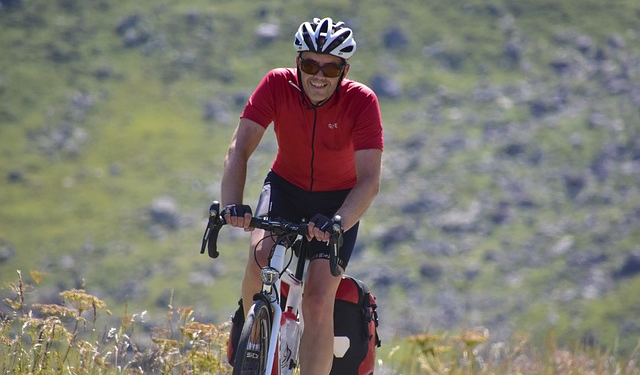Taking the first steps on your cycling journey as a beginner is a refreshing and thrilling experience, brimming with possibilities of exploration, enhanced physical well-being, and a deeper appreciation for the natural world. As you eagerly set off into this realm, it’s vital to approach your cycling endeavors with a balance of excitement and care. While cycling offers many advantages, it’s crucial to avoid these five common mistakes that often trip up inexperienced riders. Mistakes aside, some accidents happen due to motorist negligence. If that’s the case, it’s important to hire an experienced bicycle accident attorney to fight for you.
Buying the Wrong Bike
Consider the type of terrain you’ll be riding on, your fitness level, and your budget. Road bikes are ideal for smooth pavements and long-distance rides, while dirt bikes are most suitable for off-the-beaten paths, traversing rough terrain with relative ease. A common mistake is opting for a bike solely based on aesthetics or brand reputation. It’s crucial to test-ride different models to determine which one feels most comfortable and suits your intended use.
Wrong Saddle Height
A poorly adjusted saddle can lead to discomfort, pain, and potential injuries. Ensure your leg is almost fully extended at the bottom of the pedal stroke with a slight bend in the knee. Experiment with different heights until you find the one that feels most comfortable and allows for efficient pedaling. If unsure, seek guidance from experienced cyclists or bike shop professionals who can assist in adjusting your saddle for a personalized fit.
Not Having Spares or Tools
Imagine being miles away from home and encountering a flat tire or a minor mechanical issue with no tools or spare parts in sight. Neglecting to carry essential spares and tools is a mistake that can turn an enjoyable ride into a frustrating experience. Always carry a basic repair kit, including spare tubes, a pump, tire levers, and a multi-tool. Familiarize yourself with how to change a flat tire and perform basic bike maintenance. Being prepared for minor issues will not only save you from potential headaches but also instill confidence in handling common roadside repairs.
Wearing the Wrong Clothes
While cycling doesn’t require a specialized wardrobe, wearing the wrong clothes can impact your comfort and performance. Avoid loose or baggy clothing that may catch on the bike’s components or cause chafing. Wearing clothing made from non-breathable materials can lead to overheating and discomfort. Invest in a pair of padded cycling shorts for added comfort during longer rides.

Go for moisture-wicking and breathable fabrics to keep you cool and dry. Remember essentials such as a helmet, gloves, and appropriate footwear.
Ignoring Bike Maintenance
Not engaging in maintenance for your bike, as basic steps as inflation, chain lube, and brake check, are huge mistakes that may impair your bike’s performance, safety, and life span. This leads to poor performance and reduces the efficiency of lubricants that help move the chain, thereby decreasing pedal smoothness and increasing wear to critical components. Inadequate brake servicing may compromise safety through reduced stopping power and increased chance of collisions. Learn basic maintenance skills or take your bike to a professional for regular check-ups.
Overestimating Abilities
Many beginner cyclists overestimate their abilities and head into advanced routes or rough terrains before having the necessary skills and power. This can be dangerous as the rugged terrain requires proficiency, which may not have been achieved yet. Start with smoother routes to build confidence, master your skills, and acquire the stamina needed for rugged terrain. Increases in experience and fitness levels will gradually allow riders to tackle more challenging courses while ensuring enjoyable and secure riding.
Ignoring Traffic Rules
The traffic rules are implemented to ensure an ordered and foreseeable flow of cars for all the people on the road. Failure to observe such regulations significantly increases the chances of accidents and conflict with other road users and cyclers.

Running red lights, ignoring stop signals, or disrespecting right-of-way rules poses a danger to cyclists, pedestrians, and drivers. Practice predictable driving behavior to promote a safe travel experience, as other road users are less likely to be involved in accidental collisions.
Endnote
Mastering cycling requires a lot of practice and effort over time. Even after understanding the basics, you must continue learning and seek professional guidance if you consider cycling as a health program or a professional. Always stick to your limits and do not overhype yourself to avoid injuries. Invest in the right gear to ensure a smoother and more enjoyable experience.







